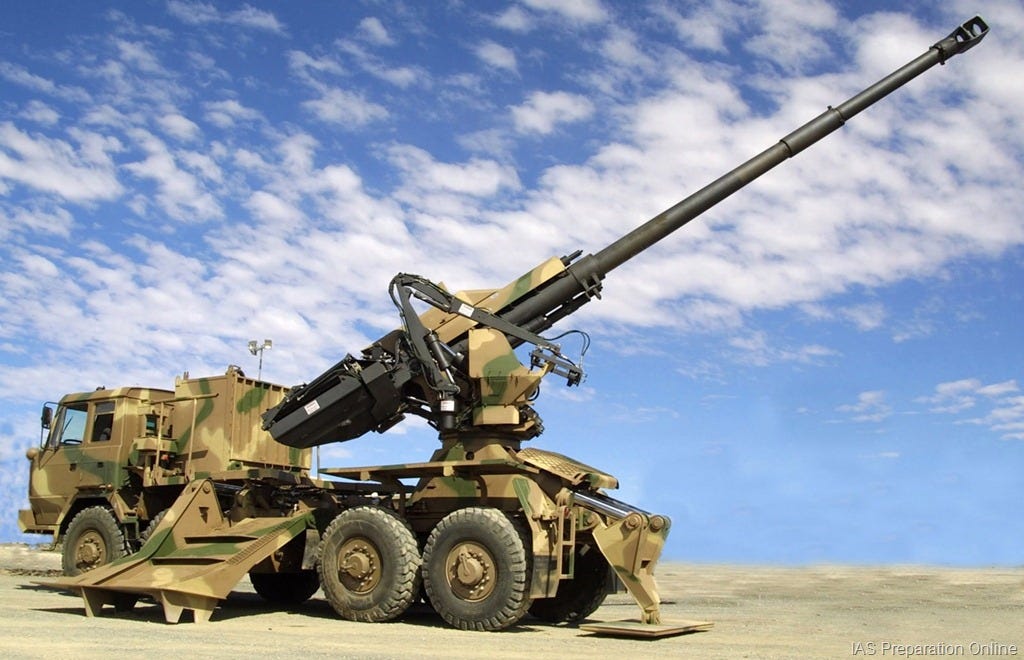- Views: 2K
- Replies: 35

India's powerful army faces a critical weakness when it comes to its artillery forces. The country lacks enough Weapon Locating Radars (WLRs), devices that pinpoint the source of enemy artillery fire. This leaves Indian troops at a disadvantage in any potential conflict.
Currently, the Indian Army has only 48 WLRs active, with just 12 more on the way. That's not nearly enough for a force with 59 artillery brigades, each with 48-54 artillery pieces. The plan is to have only one WLR per brigade by 2025/26, leaving many units dangerously exposed.
The situation is made worse by another key issue: only 3% of India's roughly 3200 artillery pieces are self-propelled. This means they can't quickly relocate after firing, making them easier targets for the enemy to strike back against.
A Worrying Comparison
Things look very different on the other side of the border. Pakistan, India's traditional rival, has a much higher percentage (25%) of self-propelled artillery, and that number is expected to rise.China, another potential adversary, leaves both countries in the dust, with 83% of its artillery being self-propelled. Chinese artillery brigades also pack a bigger punch with 72 guns each, compared to India's standard.
Globally, armies aim to have 1-2 WLRs for every 18 artillery pieces. Both the US and China follow this practice, giving them a strong ability to detect and respond to enemy fire. India falls significantly short of this standard.
The Need for Change
Closing this radar gap is essential for the Indian Army to make its artillery forces more effective on the battlefield. The government should also move swiftly to acquire more self-propelled artillery units.These changes would significantly reduce the risk to soldiers' lives while boosting India's ability to deter aggression.
